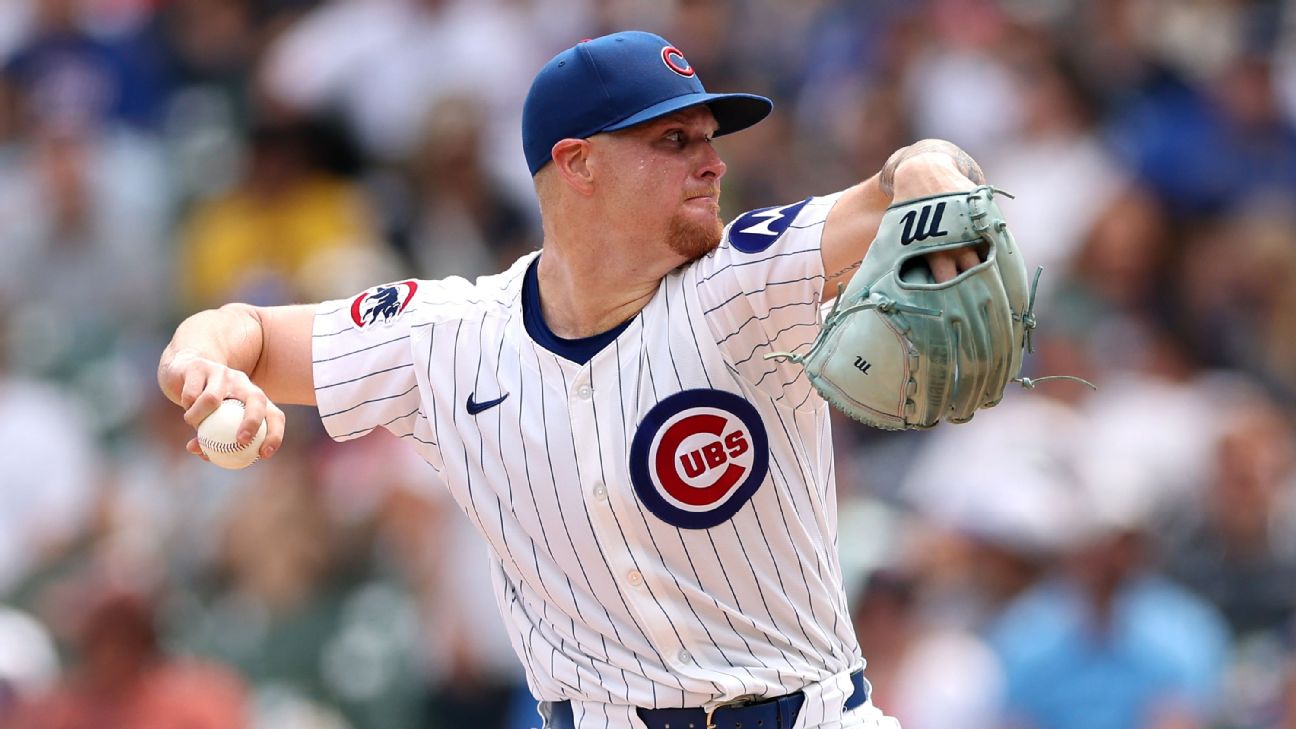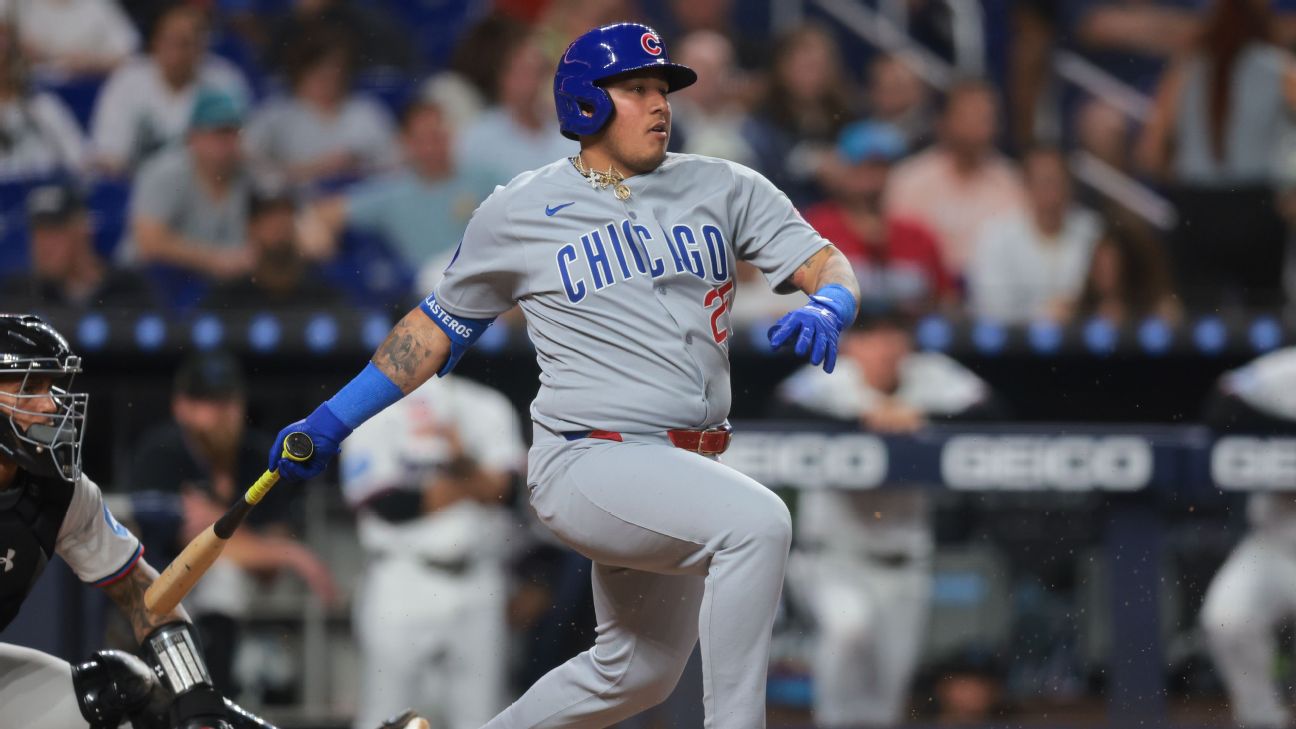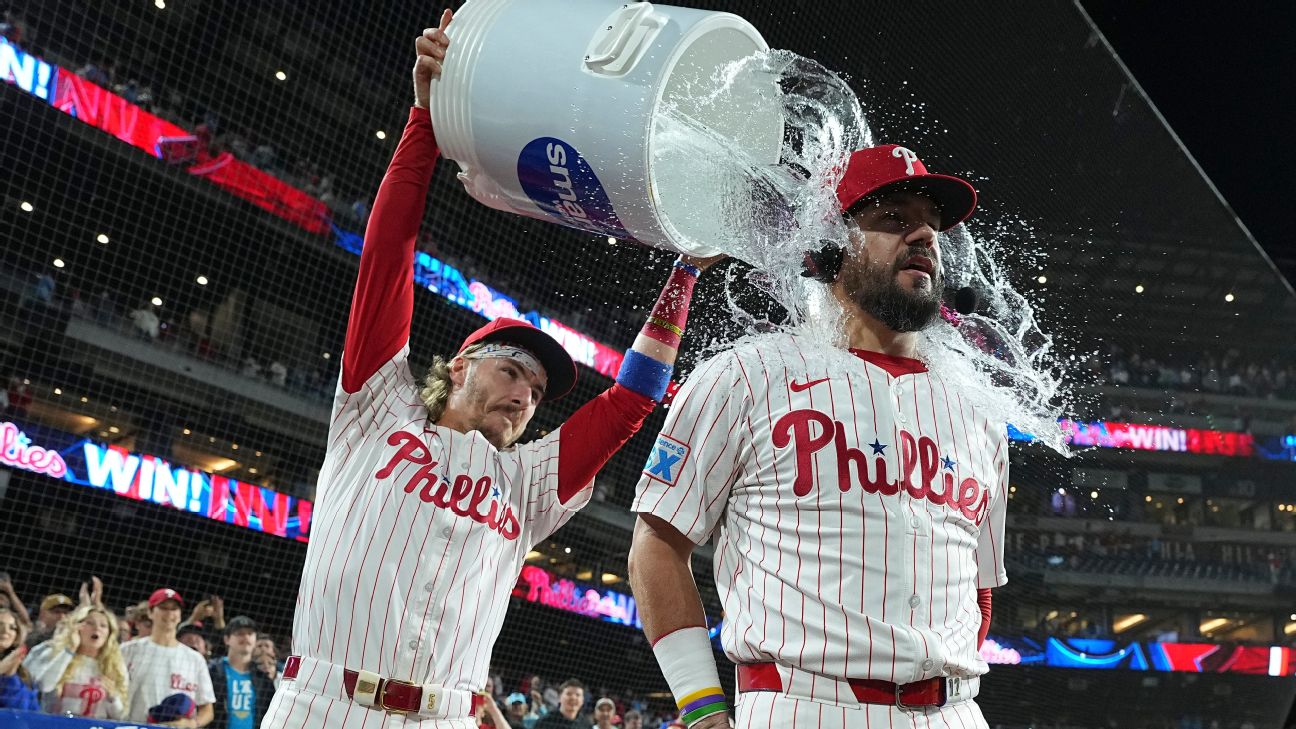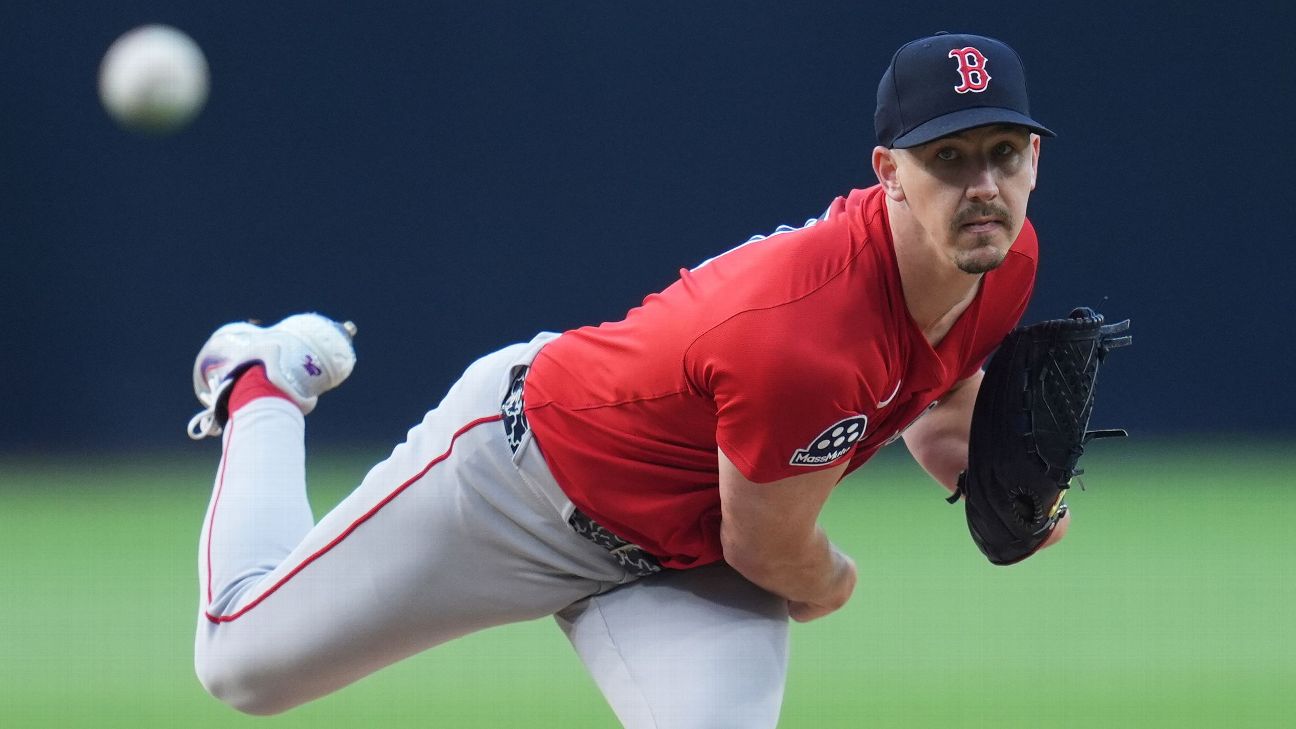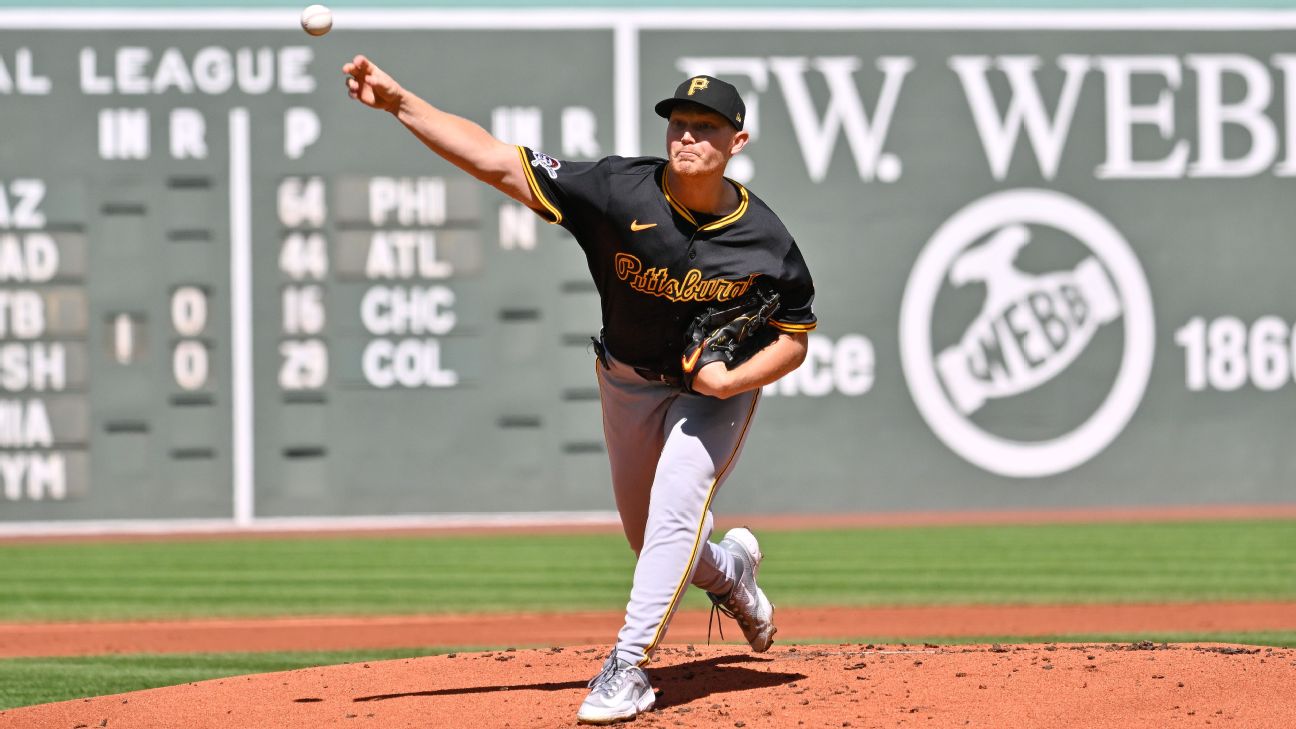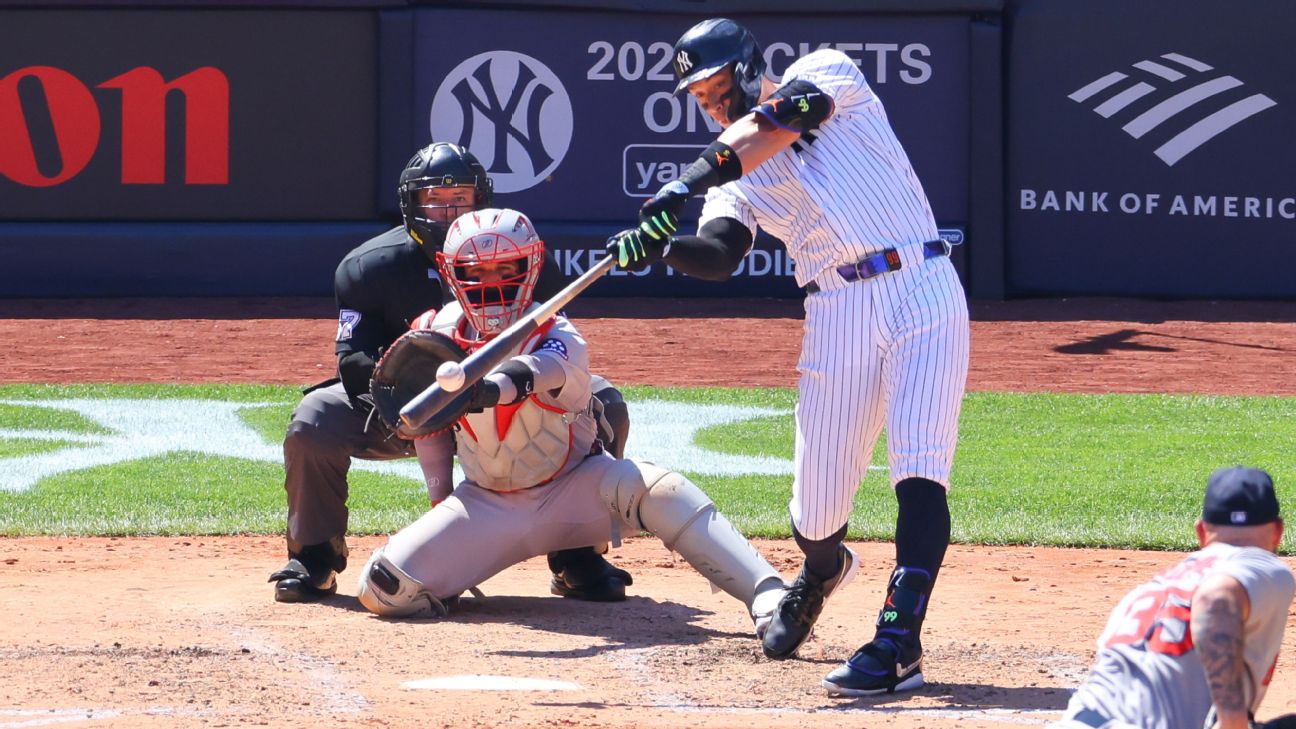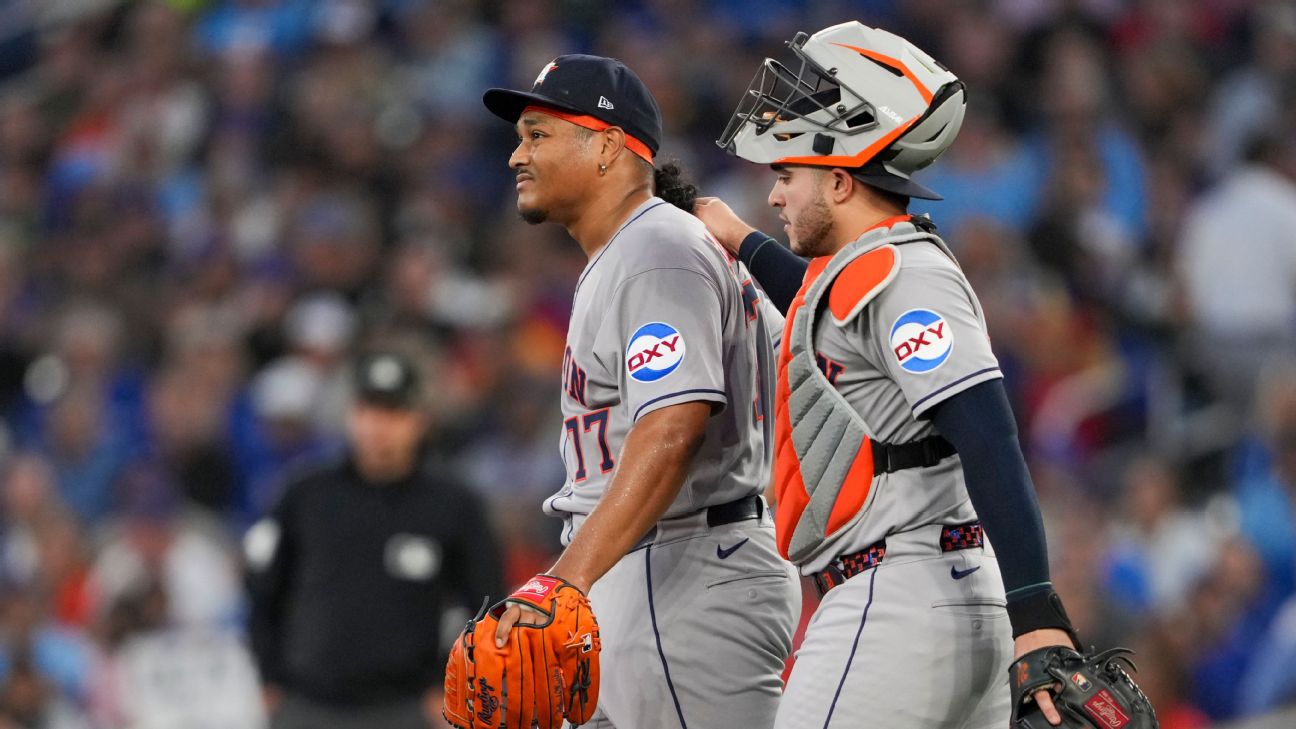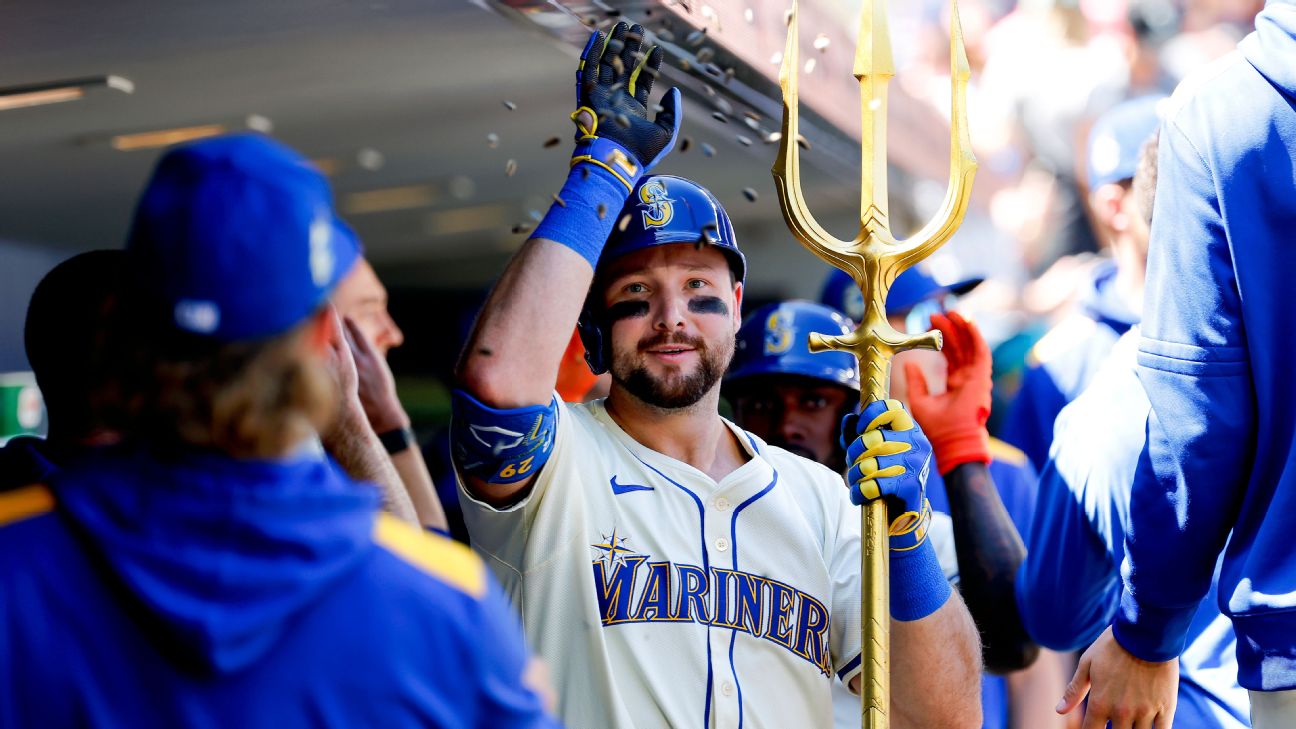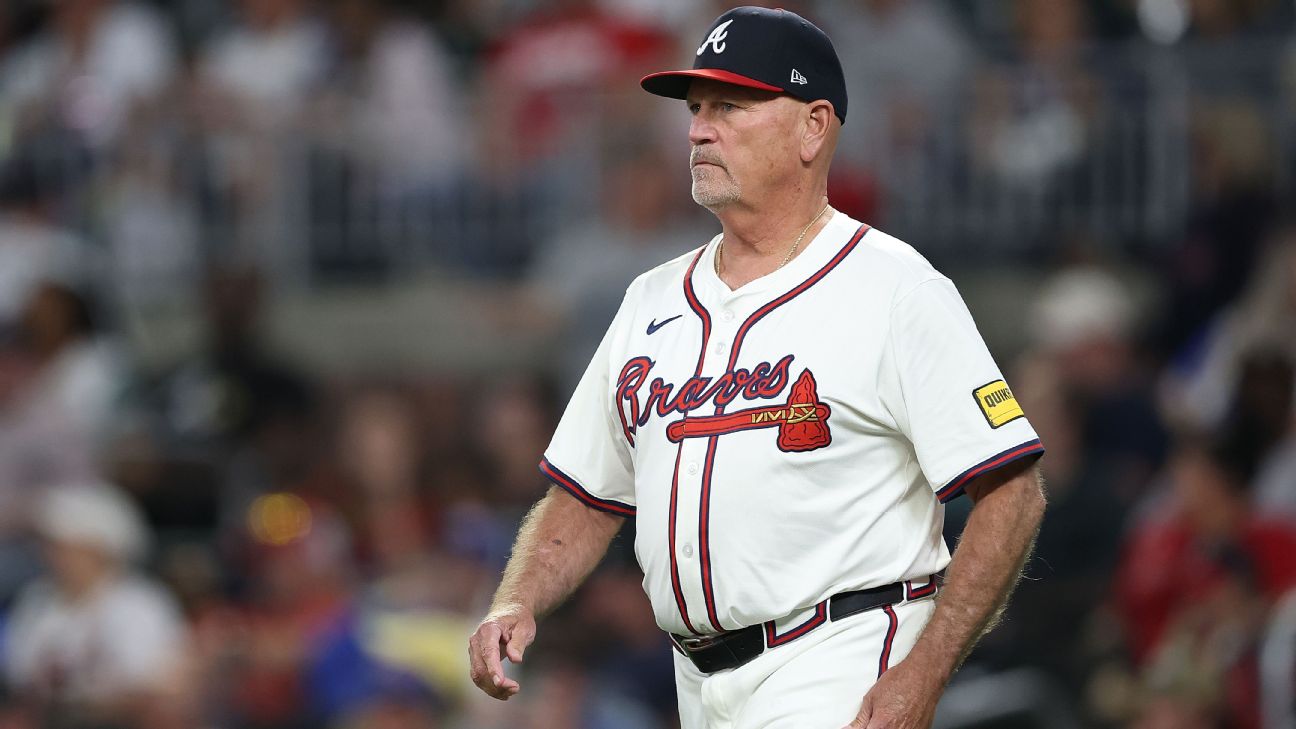Reviving the Old School: How the Royals' Rotation Strategy Redefined MLB Pitching
Discover how the Kansas City Royals' traditional pitching approach led to a historic turnaround in 2024 and what the rest of MLB can learn from their strategy.

The Royals' Pitching Philosophy: A Throwback to Basics
The Kansas City Royals shocked the baseball world in 2024 with a 30-win improvement, a feat rarely seen in modern MLB. At the heart of this resurgence was an old-school approach to starting pitching, emphasizing durability, efficiency, and consistency. While other teams leaned into max-effort pitching and bullpen-heavy strategies, the Royals doubled down on a traditional rotation model, proving that sometimes, the old ways still work.
The Core Five: Building a Reliable Rotation
The Royals' success was built on the shoulders of five core starters: Seth Lugo, Michael Wacha, Cole Ragans, Brady Singer, and Alec Marsh. These pitchers combined for an AL-leading 908 innings, a stark contrast to the league's trend of shorter outings and frequent bullpen usage. Their ability to consistently pitch deep into games allowed the Royals to minimize stress on their relievers and maintain a competitive edge.
- Seth Lugo led the way with 206⅔ innings, finishing second in AL Cy Young voting. His ability to generate weak contact rather than relying solely on strikeouts exemplified the Royals' strategy.
- Michael Wacha complemented Lugo with 166⅔ innings of reliable production, proving that veteran stability can still be a game-changer.
- Cole Ragans, a young fireballer, adapted his approach to fit the team’s philosophy, reducing his reliance on velocity and focusing on pitch efficiency.
Efficiency Over Velocity: A New Mindset
The Royals' rotation ranked 23rd in pitch count per inning, demonstrating their commitment to efficiency. Instead of chasing strikeouts with high-velocity fastballs, they prioritized getting outs in three pitches or fewer. This approach not only preserved their arms but also kept opposing hitters off balance. The team’s starters averaged 23.4 batters faced per outing, the highest in the majors, and tied for third in quality starts (76).
"It's about getting guys off balance and inducing weak contact," Lugo explained. "You don’t always need max effort to be effective."
A Blueprint for Success
The Royals' strategy wasn’t just about individual performance—it was a team-wide philosophy. By focusing on starting pitching as the foundation of their roster, they were able to overcome a lack of organizational depth and compete with higher-spending teams. Their rotation accounted for 30.7% of the team’s payroll, the second-highest percentage in the majors, proving that investment in starters can yield significant returns.
What Other Teams Can Learn
While the Royals' approach may seem like a relic of the past, it offers valuable lessons for MLB teams. In an era dominated by bullpen games and openers, the Royals showed that there’s still room for traditional rotation models—especially when paired with a focus on efficiency and durability. As other teams experiment with pitching strategies, the Royals' 2024 season serves as a reminder that sometimes, the simplest solutions are the most effective.
"The starter’s role is to give the team a chance to win every day," said Royals manager Matt Quatraro. "That’s what we did last year, and that’s what we’ll continue to build on."
Looking Ahead
The Royals’ success in 2024 has sparked conversations about the future of pitching in MLB. Will other teams adopt their old-school approach, or will the league continue to embrace newer, more experimental strategies? One thing is certain: the Royals have proven that in baseball, there’s more than one way to win.













